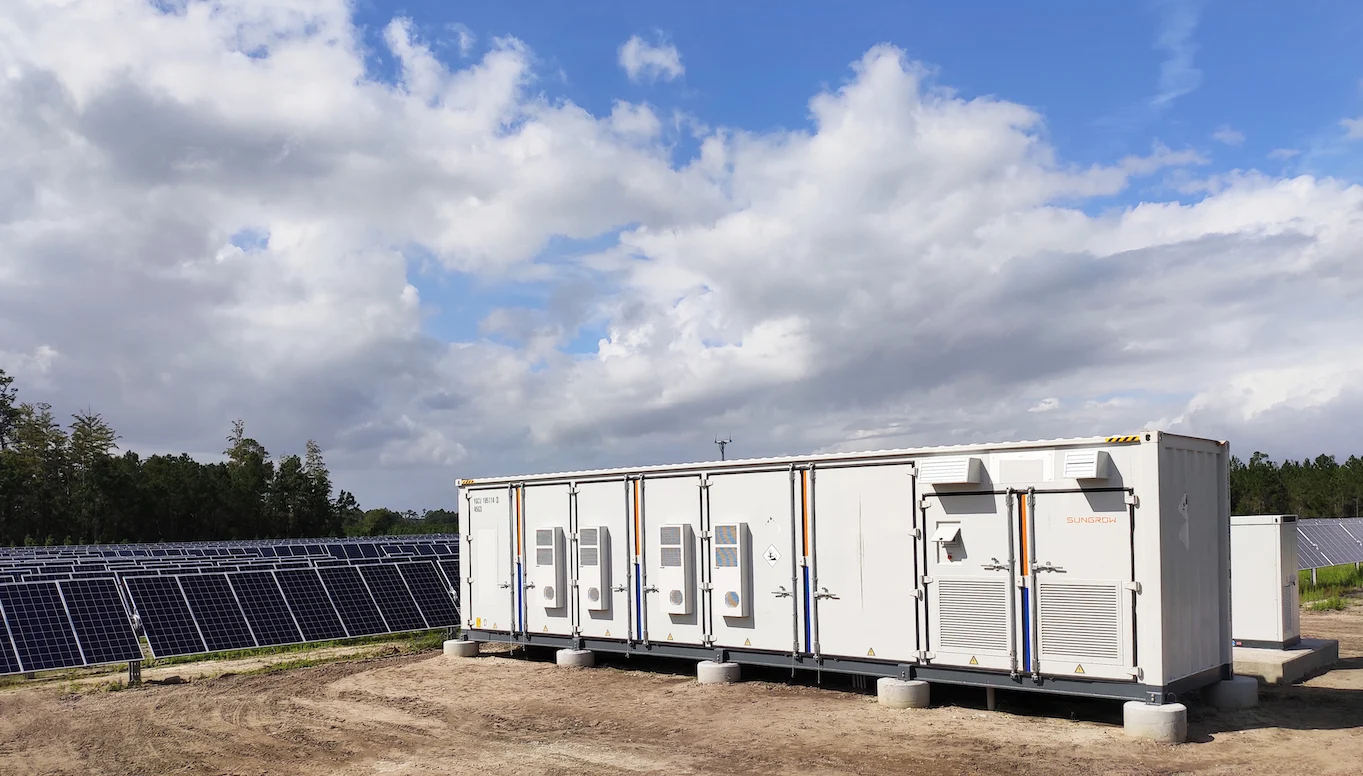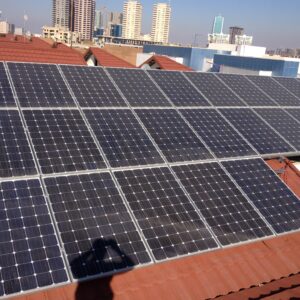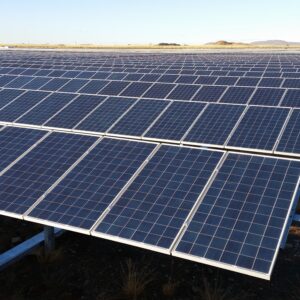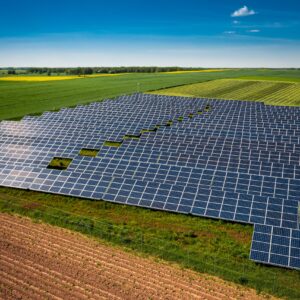Description
Description:
Battery Energy Storage Systems (BESS) are advanced solutions designed to store electricity for later use, offering enhanced energy control, reliability, and sustainability across residential, commercial, and utility-scale applications. These systems enable peak shaving, load shifting, grid backup, and time-of-use cost optimization, playing a vital role in modern energy ecosystems.
By integrating with solar, wind, or grid power, BESS can ensure power availability, improve grid stability, and maximize the use of renewable energy. From homes to industrial complexes to national grids, BESS is a cornerstone of the clean energy transition.
Applications:
-
Residential:
Backup power during outages, reduce electricity bills by storing power during off-peak hours for use during peak times, and maximize solar self-consumption. -
Commercial & Industrial:
Manage demand charges, stabilize operations, provide emergency backup, and ensure uninterrupted power for critical processes or data systems. -
Utility-Scale:
Balance grid load, support renewable energy integration, provide frequency regulation, and supply large-scale backup or peak-demand support.
Typical Capacity Ranges:
-
Residential Systems:
3 kWh to 20 kWh – ideal for powering homes, small appliances, and emergency loads. -
Commercial Systems:
30 kWh to 1 MWh – suitable for offices, factories, data centers, and institutional energy management. -
Utility-Scale Systems:
1 MWh to 500 MWh+ – used in grid-level applications, renewable energy farms, and regional energy stabilization.
Core Technologies:
-
Lithium-ion Batteries:
-
LFP (Lithium Iron Phosphate): High safety, long lifespan, excellent thermal stability.
-
NMC (Nickel Manganese Cobalt): Higher energy density, suitable for space-constrained installations.
-
-
Flow Batteries:
Ideal for long-duration storage applications with scalable energy capacity and deep cycling capability. -
AI-Enabled Energy Management Systems (EMS):
Smart software platforms that optimize charging/discharging, monitor battery health, forecast usage patterns, and integrate with solar, grid, or diesel backup.
Benefits:
-
Energy Independence:
Reduce reliance on the grid and ensure power availability during blackouts or disruptions. -
Cost Optimization:
Store electricity when rates are low and use or sell it when rates are high (time-of-use savings and net metering advantages). -
Grid Stabilization:
Help balance supply and demand, integrate variable renewable energy sources, and provide ancillary services like frequency regulation. -
Scalability & Modularity:
Systems can be tailored and expanded based on future energy needs and consumption growth.






